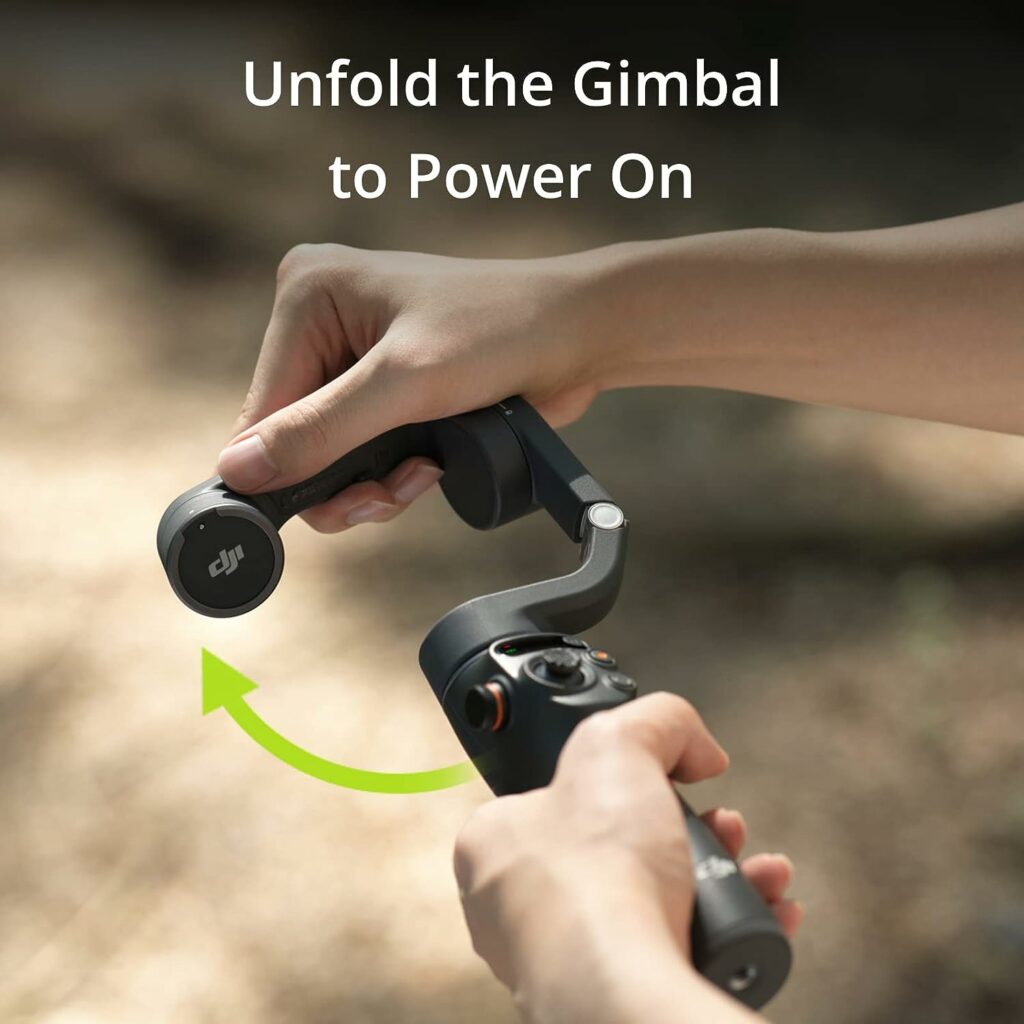There are certain parts of the body that we take for granted. The levator labii superioris only piqued my interest after I started noticing deepening nasolabial folds. And I only came to realise that the greater tuberosity was in fact part of the shoulder and not a brass instrument after I fractured it in a mountain biking accident. But the elusive PFM or “pelvic floor” as these muscles are more commonly known, have never entered my consciousness, until now.
Before I got pregnant, the pelvic floor was an area I associated with Tena Lady pads and the notion of ‘Peezing’ (sneezing and peeing at the same time). Like midwife Clemmie Hooper author of ‘How to Grow a Baby and Push it Out’, I too was disturbed by adverts of women skipping through fields, so happy because they were wearing incontinence pads.
But suddenly, thanks to the weight of the baby plus all the other fluids and organs putting more pressure ‘down there’, I am embracing kegels as the new crunches. And it’s all thanks to my new personal trainer, Elvie – an award-winning device that challenges fast-twitch muscles to build PMF strength.
“Your baby uses your pelvic floor as a trampoline for a good few months, so you need it to be in top working order”, says Clemmie Hooper. She’s not kidding. But with the help of these daily 5 minute workouts, focussed on building strength, agility, speed and endurance, working these muscles has never been so fun. It’s like a super mario game for your pelvic floor.
While strengthening this area is great for combatting uncomfortable pelvic pressure and the nasties that go with it during pregnancy, it is also essential for the birthing process too.
Caroline Bragg, Pre and Post Natal Fitness specialist at Frame says: “One of the jobs of the pelvic floor in pregnancy is to turn the babies head so we need to be working on strengthening but also learning to release the muscle so that it can function at its best. If you think of a bicep and all you do is curl and not release you are going to end up with a pretty dis-functional bicep!
Whether you have a c section or a vaginal birth, the weight of the baby plus all the other fluids and organs puts pressure on the pelvic floor causing weakness. If you are unsure what state your PF is in (too weak, too tight) I suggest going to see a women’s health physiotherapist and using a device like Elvie to make sure you are doing them correctly.”
As for leakages, that’s a sign that your pelvic floor muscles aren’t doing their job properly. “Incontinence shouldn’t be something that is part and parcel of postpartum”, Caroline says. “If we were more open about it and actually worked our PFM like we would any other part of the body, we wouldn’t need to cut short those trampoline trips with our kids or be anxious about sneezing. By having control over our inner core unit (including the PFM) we would probably look a lot better as our posture and confidence would greatly improve!”
So just like face workouts for preventing smile lines and physiotherapy for easing aches and pains, pelvic floor training should be seen as a fundamental part of our wellness regimen – and absolutely nothing to be embarrassed about. Especially when it’s proven to improve our sex lives too. According to Clemmie Hooper: “Pelvic floor exercises can heighten arousal during sex, give you mind blowing orgasms, improve blood circulation and increase vaginal tone”. Now you’re clenching.
By Hettie
Get your weekly DOSE fix here: SIGN UP FOR OUR NEWSLETTER
















